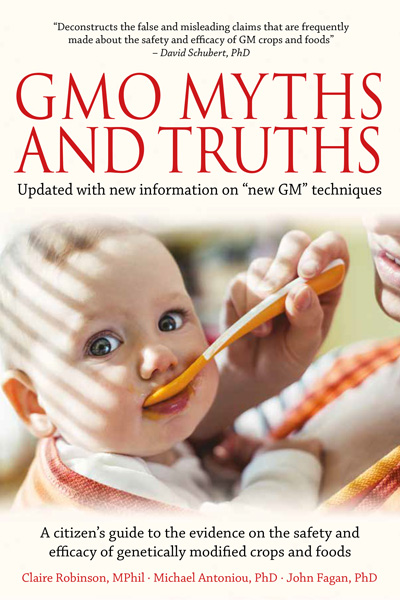NOTE: Recently GMWatch put out a story by Joel Dyer called Monsanto's point of no return, which discussed what happens to farmer and consumer choice once Monsanto achieves the required degree of penetration in the seed market. It simply disappears, because Monsanto ensures that only GM seeds are available to farmers.
We’re told that often, the best non-GM seeds are the first to be withdrawn from the market. This process has been reported in North America, India (with cotton), and Brazil (with soy).
We’ve been sent a comment on this dire situation by Howard Vlieger, a co-founder and a biological [agroecological] farming advisor with Verity Farms. Howard serves on the board of directors for the Farm and Ranch Freedom Alliance (FARFA) and the Council for Healthy Food Systems. His family farm is near Maurice, Iowa.
–-
–-
Comment by Howard Vlieger on availability and performance of non-GM seed and crops
1 Sept 2012
I would like to offer up a possible suggestion as a remedy to this dire situation in soy protein production and availability. I thought you may want to see some visual evidence of the performance of GMO crops and biologically produced non-GMO crops.
In the first attached picture you can see the difference between a Roundup ready soybean crop raised using mainstream commodity crop production practices. On the right you see a non-GMO soybean crop raised in a well-managed biological production system. The biological production system focuses on respect to the wonderful attributes that the Good Lord created in the soil. This includes a primary focus to reestablishing the biological diversity in the soil and a complete balanced nutrition approach for production food, NOT bulk commodities. This picture comes from one of our Verity customers in Nebraska. The farmers we are working with in crop production are seeing amazing results in the middle of the worst drought in many years. When you work with the soil instead of abusing it with GMOs and glyphosate it is amazing what the results can be in very extreme weather conditions.

Thankfully, Verity is not the only company that is doing this.
I have also attached aerial pictures of biological non-GMO corn fields and GMO corn fields. The GMO triple stack corn yields in the immediate neighborhood of the 2nd corn picture is ranging from 8 12 bushels per acre up to 30 50 bushels per acre. The biological non-GMO corn is estimated to be around 100-120 bushels per acre. Most of this GMO triple stack corn has been harvested for silage because of the poor crop performance and yield.
You should also know that the production of non-GMO seed is on the increase. I do not know specific percentage numbers of the increase on a national perspective but based on the demand factor it is certainly much more difficult to meet the demand for non-GMO seed than it is for [GM] traited seeds. The non-GMO seeds are selling out every year and the [GM] traited seed is sitting in the warehouse. There are several successful small seed companies and some of the big seed companies that are waking up to the reality that farmers want non-GMO seed. When these companies small and large sell out of non-GMO seed every year, you can bet they will produce more the next year. Many of the seed companies have been increasing their non-GMO seed production by 50% per year.












